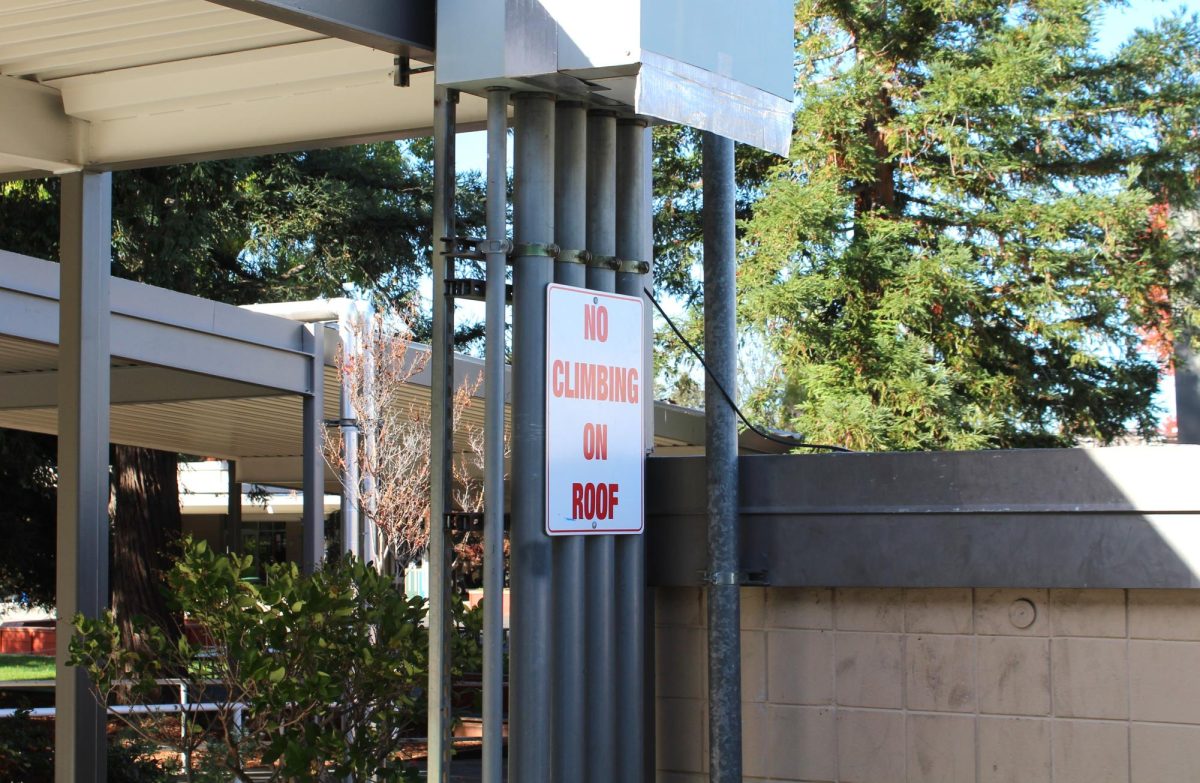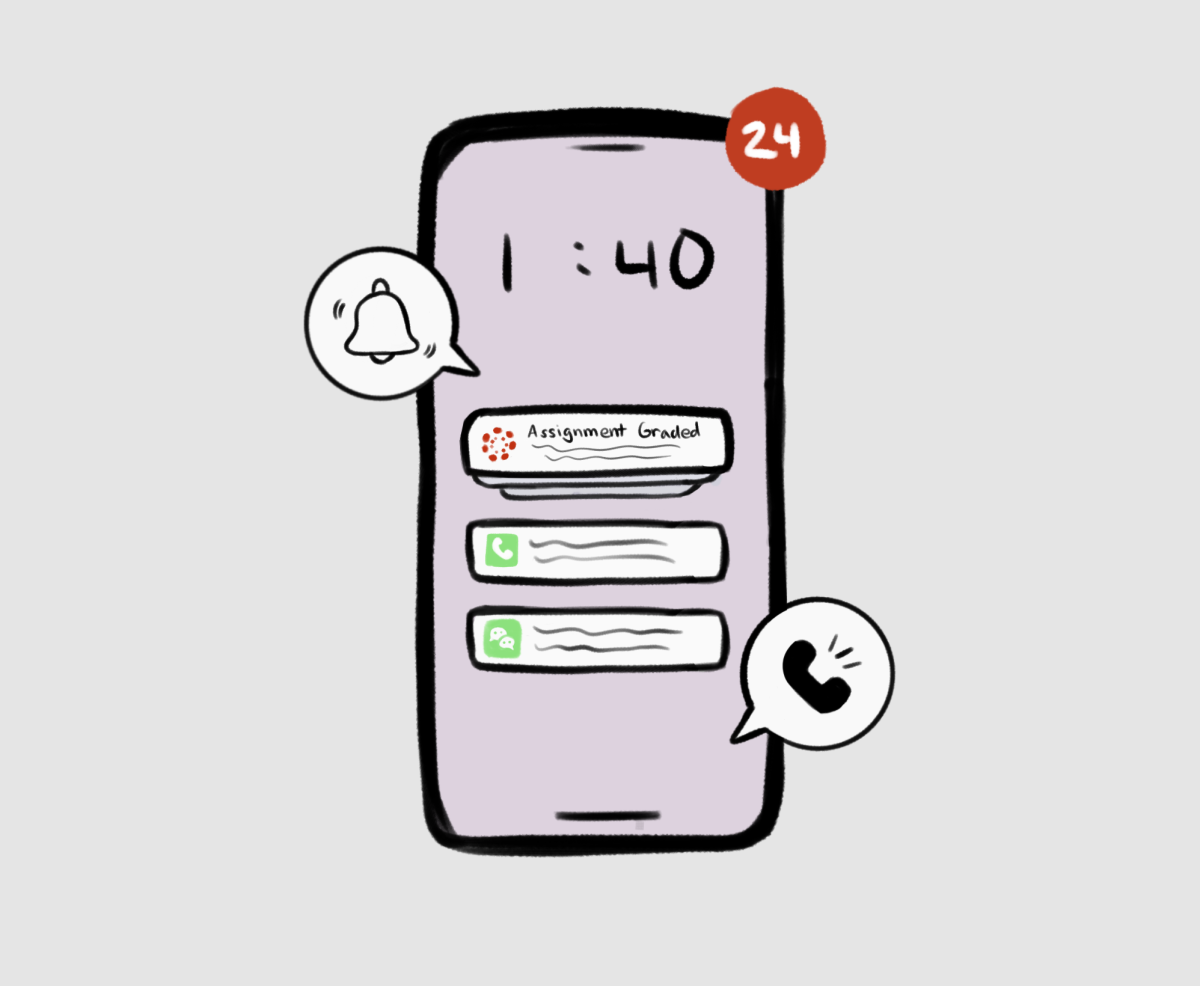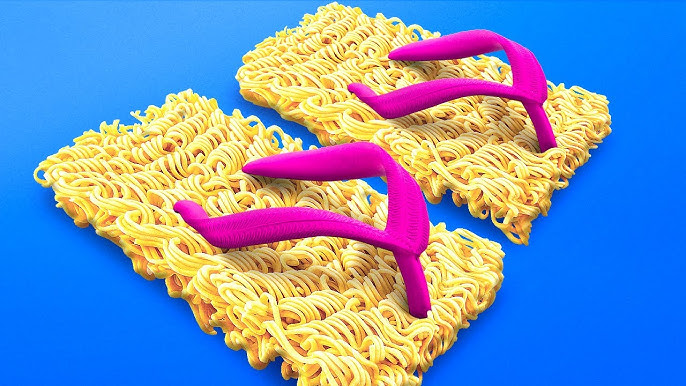Editor’s note: Kaylen and Rylie are pseudonyms used to protect the identity of the students interviewed for this story.
Until seventh grade, senior Kaylen pictured mental health as daily panic attacks, suicide attempts and hospitalizations. Despite suffering from these mental health issues, she avoided therapy due to her own stigma of the topic.
“It took me a while to seek therapy because of self-stigma, since I thought my feelings were trivial,” Kaylen said. “There was a lot of violence in my household, and I found it harder and harder to sustain myself. I needed to talk to someone about it because I realized my mental health was deteriorating.”
After realizing the extent of her mental health issues, she reached out to a Counseling & Support Services for Youth (CASSY) counselor at Redwood Middle School, which was her first experience with therapy. Despite the ability to talk about her experiences, she found CASSY therapy there didn’t help her find lasting solutions.
To seek more effective help, Kaylen briefly met with her sister’s professional therapist, which she deemed her “first ever positive experience” in therapy.
“I sat with my sister’s therapist for a little while and I remember thinking: ‘Wow, he’s able to put things that I’m feeling and don’t know how to articulate into words that just make sense.’ I really, really liked that,” Kaylen said.
In searching for her own therapist, Kaylen had trouble with what she called “misaligned priorities,” resulting in visits to more than five therapists and transitions in and out of therapy due to a lack of personal improvement.
She noticed it was difficult to move forward in the healing process if her therapist did not share the same goals or didn’t connect with her, a phenomenon supported by the American Psychology Association. The association found that therapy is most effective when therapists and patients work through problems together.
“Therapy really depends on who your therapist is,” Kaylen said. “If you’re forced to go to a therapist you don’t like or if they don’t have the same priorities as you do, you don’t really go anywhere.”
Kaylen’s thoughts regarding the effectiveness of therapy on her mental health have fluctuated over time with her therapists’ varying approaches.
“I go in and out of waves of, ‘Oh, therapy is absolutely useless,’ to ‘Wow, I really like this!’” she said. “I’ve had a lot of experiences that have made me mistrust the confidentiality aspect of therapy and therapists as well, so it’s taken me a while to get back on that ‘I love therapy!’ track.”
Kaylen acknowledges therapy is not the best option for everyone, saying individuals have different ways of dealing with mental health issues. Occasionally, she even questions how it helps her compared to other forms of treatment such as medication and hospitalization, which can involve more personalized daily treatment.
For her, therapy serves as an outlet to share in an objective and safe space.
“I’m now able to open up to my therapists about events that have recurringly happened in my life for a while, which has led to major improvements in my life,” Kaylen said. “But I honestly feel like any progress, or lack thereof, that I’ve had after seeing other previous therapists has been of my own accord.”
While Kaylen was able to seek help with the encouragement of her family, she said she still feels reaching out for therapy at Saratoga High is stigmatized, which she finds ironic due to the high academic pressure and rampant mental health issues she has observed.
Kaylen said: “At SHS, everyone knows mental health is a legitimate issue. Nobody would laugh at you and say to your face, ‘You have depression; you have Post Traumatic Stress Disorder; you’re so weird.’ But behind closed doors and face-to-face interactions, I sense stigma.”
According to research conducted by The Lancet, a peer-reviewed medical journal, stigmas against therapy and discrimination for those who seek it can contribute to worsening symptoms and reduced likelihood of getting treatment. In addition to social stigma, the research found that self-stigma leads to negative effects on recovery among those diagnosed with severe mental illnesses.
This stigma around mental health issues has led to extensive research about the solutions that can reduce it. According to the Advanced Policy Analysis from Children Now by Stephanie Thornton — an author and health policy fellow at The Children’s Partnership who focuses on child development and mental health issues in children — integrating mental health professionals into the school community can help foster positive relationships between students, teachers, families and mental health service providers. Schools can also reduce stigma surrounding mental health by normalizing the presence of mental health professionals and educating students about emotional well-being.
One way Saratoga High has introduced these techniques is through services like personal counseling offered at the Wellness Center. According to lead therapist Shobha Vaidyanathan, more than a third of the school’s population has used the service at some time within the past year, with 50 to 60 active students in counseling sessions currently.
She said the top three most prevalent issues are academic stress, peer relationships and family concerns.
The school has also integrated monthly MOSAIC lessons on topics like time-management and meditation to help students develop good habits and ease their stress.
However, despite the school’s best efforts, Kaylen said she noticed some students don’t take the school site therapists seriously. Moreover, she thinks the resources the school allocates on mental health awareness — schoolwide lessons, for example — contributes to the stigma because students too often trivialize their message. Though she agrees they spread more awareness, the general connotation of these programs is negative because programs like MOSAIC take away from students’ time during tutorials.
Rylie examines the effectiveness of experience with outside and school therapists
Rylie, a junior, was also initially afraid to start therapy due to the stigma surrounding it at Redwood. Though she was diagnosed with depression, anxiety and attention-deficit hyperactivity disorder (ADHD), she was “super against therapy” since she was clouded by its stigma until seventh grade, when she attended a therapy session for the first time.
“I thought if someone went to therapy, they were automatically mentally ill,” she said.
Rylie was ultimately guided into school-based therapy by her parents. Over time, Rylie said her perception of therapy changed “drastically.”
“After I realized it was helping my life a lot, my perception of therapy changed to a much more positive view,” Rylie said. “I learned a lot of coping skills, such as breathing exercises, since I struggle with panic attacks and massive depressive episodes. Even when I was in a good state of mind, I continued to go to therapy because it was a healthy and a safe place for me to go.”
In Rylie’s experience, school counselors have been a convenient way to get help whenever she needs it on campus. She feels the school’s counseling services are not as mentally taxing as outside therapy counselors, since the former focuses more on academics rather than personal life, though she encourages others to try both options.
However, she noted that teens might not feel as free to open up to school counselors than outside counselors because of mandated reporter requirements.
“If someone taking therapy doesn’t want to do anything about it, they can’t talk about it,” Rylie said. “I understand where CASSY therapists are coming from and it’s not bad. It’s just a little bit restrictive.”
Additionally, another challenge she has faced with the school counseling system is transitioning between therapists, who frequently leave their positions for other jobs. Rylie has had to re-explain her personal experiences to new counselors twice during the start of high school and after her counselor left at the beginning of her junior year.
“It’s not very convenient because I’m having to bring up a lot of old stuff and explain my whole history,” Rylie said. “It’s OK for me to talk about it now since I’ve already gone through it, but it may still be tough for others.”
Though Rylie feels that therapy in general has become less stigmatized and more frequently discussed, she said it still needs improvement at SHS specifically.
“At Saratoga, therapy is still a bit stigmatized because of how academically focused everyone is,” Rylie said. “It feels like you don’t have time to be mentally ill or unhealthy, especially because school counselors pull you out of classes.”
Still, Rylie is happy she was able to open her mind to therapy since it has greatly helped her talk about her struggles and lessen the strain of her mental health on her life. She hopes as more people openly discuss mental health, the stigma will decrease at SHS and more will have the courage to reach out.
“Therapy has been really helpful and super healthy for my life overall, especially since I had some medical problems which were very overwhelming,” Rylie said. “It may be scary to reach out, but I think it has a lot of benefits. Even if you aren’t mentally ill or struggling, it’s still good to reach out since it’s a safe place to share your thoughts.”
Sidebar:
SHS lead therapist Shobha Vaidyanathan encourages students to seek mental health services whenever possible — either through the Wellness Center’s activities or the free counseling sessions the school provides.
“I think [therapy] gives a lot of clarity and a very safe place for students to share what is happening,” Vaidyanathan said. “Students can examine their behavioral patterns and learn strategies on how to transition into more healthy patterns. Students also learn a lot of coping strategies which are very useful when they’re faced with stress in the future.”
She emphasizes that counseling sessions with school therapists are very client-focused, consisting of check-ins and discussions depending on what works best for the student.
Additionally, Vaidyanathan says students are validated and do not have to worry confidentiality except for things they cannot keep private (such as physical abuse, sexual abuse, neglect or safety concerns). Despite this, she stresses that students are informed that CASSY therapists are mandated reporters to prevent students from accidentally walking into this “blind spot.”
Vaidyanathan has also acknowledged that students in that past have expressed concerns regarding peer-stigma surrounding therapy and emphasizes that the on-campus counseling should be utilized without any shame.
“Some students have said they were worried about others noticing their therapy sessions in here — but they shouldn’t be,” Vaidyanathan said. “It’s just like going to a doctor if you have a headache. We are professionals who are trained and we are here to support you.”
In fact, the school administration has worked with therapists at the Wellness Center and student leadership to decrease the stigma surrounding therapy at the school. Of these services, the Wellness Center is highlighting Talkative Thursday on Jan. 25 where students are able talk with other student volunteers and Meditation & Wellness Club on Jan. 26 with meditation sessions for Speak Up for Change Week. Additionally, they have regular peer support groups and presentations throughout the year.
With these newly-introduced initiatives, Vaidyanathan said she has noticed a decrease in stigma in her experience – especially since the Wellness Center “is always packed this year.” Even then, Vaidyanathan encourages students to suggest new ideas as they are always looking to decrease stigma surrounding therapy and to provide different mental health services to more students.
“Providing a safe space and being with students without any judgment [is why] I love my job,” Vaidyanathan said. “Students know they’re respected and treated with kindness — we are here for them.”


























